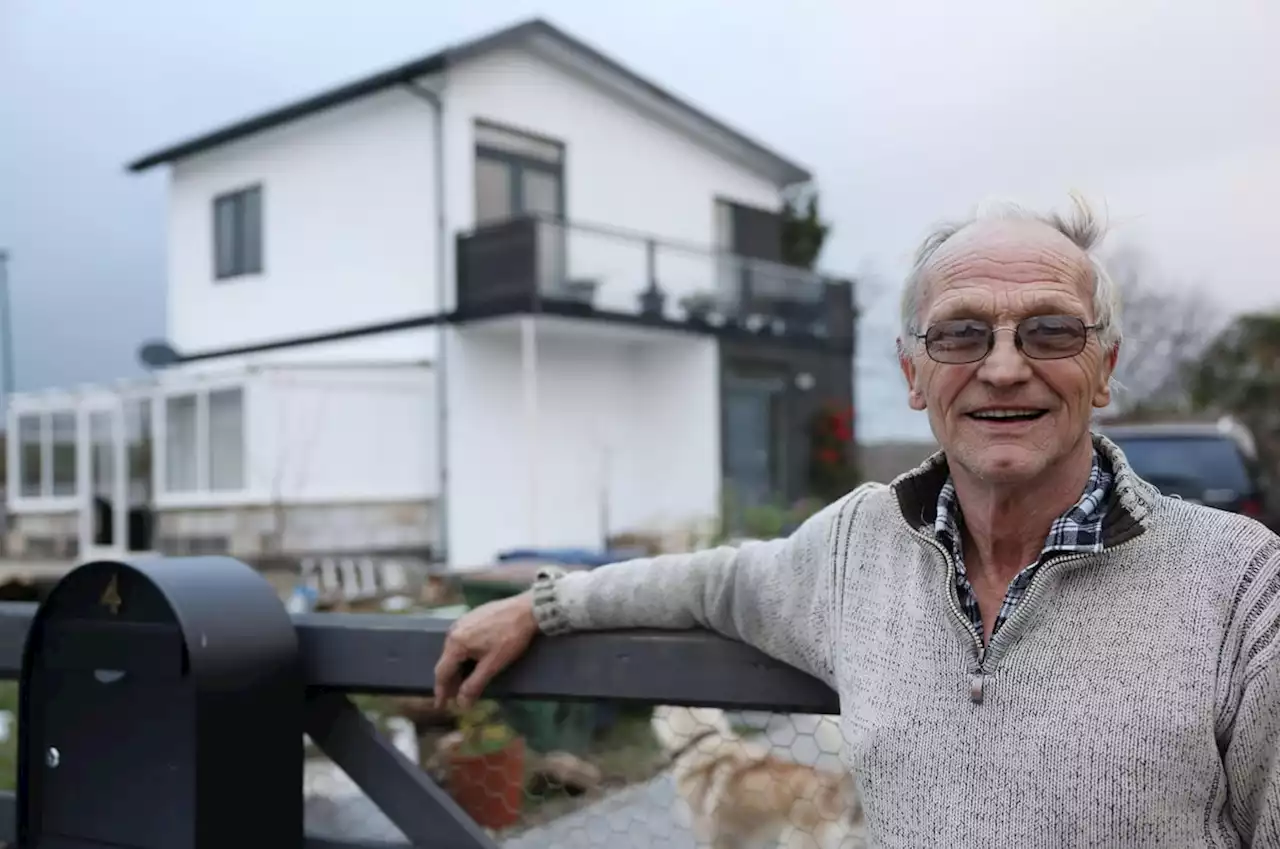Musicians who agonise over a tune all day in the studio can find that their unconscious suddenly produces a hit melody while they sleep. Why is that?
, the band’s co-chief songwriter, awoke to find he had set down a riff and the words “I can’t get no satisfaction” in the night.
The period between wakefulness and sleeping, hypnagogia—and the inverse, hynopompia—are states associated with unusual mental activity such as hallucination and sleep paralysis. Musicians including Beethoven saw these states as conducive to creativity and problem-solving. “I’m always floating in the passageway between semi-wakefulness and light sleep, and often get song ideas,” Bruce Hornsby, a Grammy-award-winning singer-songwriter, says.
There is some scientific exploration of this area, but not much. Studies of dreaming often emphasise that inspiration does not descend from a heavenly muse: deep inside the temporal lobe, the hippocampus creates connections and ideas from the things the individual already knows or has experienced recently. Researchers liken the process to the mind doing a clear-out at the end of a long day.
Mr Simon has made no such claim for “Seven Psalms”, a 33-minute piece of music with a sparkling, hymnlike delicacy. Its theme is an argument he has been having with himself for many years about belief. It is fitting that faith, never quite abandoned, should bother Mr Simon in his dreams. One of his lyrics runs: “The sacred harp that David played to make his songs of praise/we long to hear those strings that set his heart ablaze.” In his dreams, it seems, he can.
United Kingdom Latest News, United Kingdom Headlines
Similar News:You can also read news stories similar to this one that we have collected from other news sources.
 Use of Sleep Aids in Insomnia: The Role of Time Monitoring BehaviorABSTRACT Objective: Over-the-counter (OTC) and prescription sleep medications are frequently used as treatments for chronic insomnia, despite risks and limited long-term efficacy. Investigating mechanisms underlying this predilection for pharmacotherapy may uncover strategies to decrease reliance on sleep aids. The objective of this study was to determine how time monitoring behavior (TMB; clock-watching) and associated frustration may interact with insomnia symptoms to drive the use of sleep aids. Methods: Patients (N = 4,886) presenting for care at a community-based, private sleep medical center between May 2003 and October 2013 completed the Insomnia Severity Index (ISI) and Time Monitoring Behavior-10 (TMB-10) and reported their frequency of sleep medication use (OTC and prescription, separately). Mediation analyses examined how clock-watching and related frustration could be associated with insomnia symptoms and medication use. Results: The relationship between TMB and sleep medication use was significantly explained by ISI (P | .05), in that TMB (especially related frustration) appears to aggravate insomnia, which in turn leads to sleep aid use. Similarly, but to a lesser extent, the relationship between ISI and sleep medication use was explained by TMB, in that ISI may lead to increased TMB, which may in turn lead to sleep aid use. Conclusions: TMB and the associated frustration it engenders may perpetuate a negative cycle of insomnia and sleep aid use. Future longitudinal and interventional research is necessary to examine the developmental course of these clinical symptoms and behaviors and to test whether decreasing frustration by limiting TMB reduces the proclivity for pharmacotherapy.
Use of Sleep Aids in Insomnia: The Role of Time Monitoring BehaviorABSTRACT Objective: Over-the-counter (OTC) and prescription sleep medications are frequently used as treatments for chronic insomnia, despite risks and limited long-term efficacy. Investigating mechanisms underlying this predilection for pharmacotherapy may uncover strategies to decrease reliance on sleep aids. The objective of this study was to determine how time monitoring behavior (TMB; clock-watching) and associated frustration may interact with insomnia symptoms to drive the use of sleep aids. Methods: Patients (N = 4,886) presenting for care at a community-based, private sleep medical center between May 2003 and October 2013 completed the Insomnia Severity Index (ISI) and Time Monitoring Behavior-10 (TMB-10) and reported their frequency of sleep medication use (OTC and prescription, separately). Mediation analyses examined how clock-watching and related frustration could be associated with insomnia symptoms and medication use. Results: The relationship between TMB and sleep medication use was significantly explained by ISI (P | .05), in that TMB (especially related frustration) appears to aggravate insomnia, which in turn leads to sleep aid use. Similarly, but to a lesser extent, the relationship between ISI and sleep medication use was explained by TMB, in that ISI may lead to increased TMB, which may in turn lead to sleep aid use. Conclusions: TMB and the associated frustration it engenders may perpetuate a negative cycle of insomnia and sleep aid use. Future longitudinal and interventional research is necessary to examine the developmental course of these clinical symptoms and behaviors and to test whether decreasing frustration by limiting TMB reduces the proclivity for pharmacotherapy.
Read more »
 Does obstructive sleep apnea increase the risk of post-acute sequelae of SARS-CoV-2?Research paper examines the potential link between obstructive sleep apnea (OSA) and Post-Acute Sequelae of SARS-CoV-2 (PASC), the long-term effects of COVID-19. It investigates whether OSA increases the risk of more severe PASC outcomes.
Does obstructive sleep apnea increase the risk of post-acute sequelae of SARS-CoV-2?Research paper examines the potential link between obstructive sleep apnea (OSA) and Post-Acute Sequelae of SARS-CoV-2 (PASC), the long-term effects of COVID-19. It investigates whether OSA increases the risk of more severe PASC outcomes.
Read more »
 ‘They’ve screwed me’ – Builder hits out at council after planning dispute results in court fineA builder says he has been “screwed something rotten” after he and his wife were ordered to pay a fine and legal costs arising from a long running planning dispute.
‘They’ve screwed me’ – Builder hits out at council after planning dispute results in court fineA builder says he has been “screwed something rotten” after he and his wife were ordered to pay a fine and legal costs arising from a long running planning dispute.
Read more »
